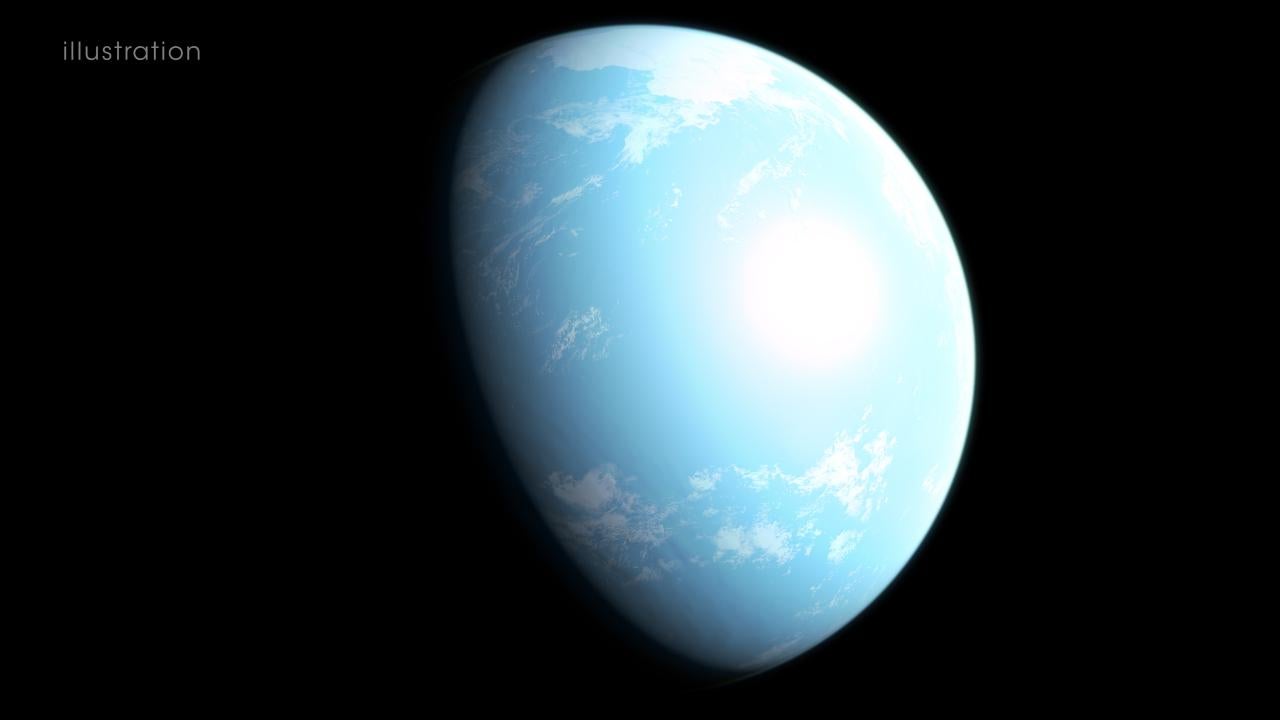Of the thousands of exoplanets so far discovered in our galaxy, the most common type is one that isn’t found in our solar system: a “super-Earth,” larger than Earth but smaller than Neptune. Many of these super-Earths are expected to be rocky with a large proportion of water, some of them very hot because they orbit close to their stars.
Without a local example to study, it has been hard to figure out what the interior of these giant waterworlds might be like. Now a team of researchers from UC Berkeley and UC Davis has used computer modeling to address that question. The work was published July 29 in Scientific Reports.
Tanja Kovačević, a graduate student working with Professor Burkhard Militzer and postdoctoral scholar Felipe González-Cataldo at UC Berkeley, and Professor Sarah Stewart’s lab at the UC Davis Department of Earth and Planetary Sciences, calculated how silicate rock and water ice would dissolve into each other under the likely pressures and temperatures inside such planets after they formed through collisions of smaller bodies.
They found that rather than forming separate layers of rock and ice, these planets could readily form a mixture of rock and water that would be stable over long periods of time. One consequence of this is that it would slow down heat loss from the planet, Stewart said. The rock/ice mixture would contain ‘fuzzy boundaries’ between layers, rather like the interior of Jupiter. After the planet-forming giant impact, the planet would be too hot to have a solid or liquid surface, she said.
“Mostly, we have no idea what the interiors of water worlds are like and we have no analogs in our solar system. So this work helps us understand this new 'breed' of planets,” Stewart said.
The work was supported by the Center for Matter under Extreme Conditions (CMEC) under a grant from the U.S. Department of Energy-National Nuclear Security Administration. Part of this work was performed under the auspices of the U.S. Department of Energy by Lawrence Livermore National Laboratory.
Media Resources
Miscibility of rock and ice in the interiors of water worlds (Scientific Reports)
